Positive Youth Development among Rural Youth: A Study of Bandar Sindri Village of Central Rajasthan12/22/2018 Suman Rana Abstract The emerging discipline of Positive Youth Development (PYD) asserts that though issues exist among youths, they can realize their life aspiration and nurture their assets through appropriate guidance and therefore become key contributors to the society. This approach further proposes that when necessary resources or skill building programmes are provided to the younger generation to enhance their inbuilt ability such as competence, confidence, connection and caring members of the community with good character, than they can become agents of social transformation and social contributors towards their family, community, and society. Objective: The article aspires to see the Positive Youth Development status of rural youths of Ajmer District of Rajasthan. For this purpose, 55-items Positive Youth Development Scale is used, which contains items related to 5 Cs of Positive Youth Development i.e. Competence, Confidence, Character, Connection and Caring. Method: The author has used descriptive design to draw inference on the subject. Results: The findings showed that the overall PYD status of the rural youths is at lower side. Positive Youth Development of female students on an average (183.4000) is on higher side than male students (181.0133). Key Words: Positive Youth Development, Rural Youth, Introduction How should youth development be viewed, and how does such development be evaluated? Obviously, the answers to such questions often remain unanswered specifically in Indian context. There is no such mechanism developed till date which can help to express the status of youth development specifically in India. In India, most of the policies and programmes related to youth development are need based and have broadly focused on the following domains: (a) Education; (b) Welfare; (c) Employment; (d) Skill Development; and (e) Health. In Indian context, most of the programmes are developed keep ‘deficit based’ approach, deficit-which means troubled and troubling youths, inclusive of their issues and things to be done to fix their issues. This approach is more of a prevention approach which tends to see at youth development issues and endeavors to fix it. On the contrary, the emerging approach termed as “Positive Youth Development approach, which focused on assets, abilities, and potentials of youths” (Shek, Siu, & Lee, 2007, p. 380). According to Damon, “the positive youth development perspective emphasized the manifest potentialities rather than the supposed incapacities of young people – including young people from most disadvantaged backgrounds and those with the most troubled histories” (DAMON, 2004, p. 17). Damon presents three central themes: 1) PYD undertakes a strength-based approach to understand and describe the development of the youths. It speaks about the expression of capabilities instead of supposed incapabilities of youths; 2) Several PYD advocates believe in the importance of the community both as a apparatus and multifaceted setting which impacts youth development to a great extent; 3) It also promotes positive attitudes and behaviors derived irrespective from customs, religious views, and cultural values in the face of secularism (Benson, Scales, Hamilton, & Sesma Jr., 2006). Hamilton defined PYD in three ways. First, youth development is often perceived as a natural process (Hamilton, Hamilton, & Pittman, 2004). Second, the context – individual is bidirectional relationship in the developmental process of strength (Hamilton et al., 2004). Third, “set of activities, which promote the developmental process of youth” (Hamilton et al., 2004). There are two key potentials of the positive youth development approach. Firstly, it negates the youth as a problem and focus on holistic and balanced development of youths instead of focusing on developmental issues. Secondly, it focuses on potentials of an individual, avoids stigma and discrimination irrespective of caste, creed, sex, religion, region, color etc. and facilitates the involvement of youth in related programmes (Shek et al., 2007). However, there are several different models of Positive Youth Development such as 40 Developmental Assets, Targeting Life Skills Model, the Four Essential Elements Model, Community Action Framework, and 5 Cs Model are available in the literature. A review on Positive Youth Development models asserted that 5 Cs Model is most empirically used model till date (Heck & Subramaniam, 2009). This model put emphasis on young’s internal developmental needs and it is considered as one of the two famous models which has got most scientific usage (Ibid). Literature showed that this 5 Cs model has good psychometric properties. For example, each C in the framework had adequate internal validity (Lerner et al., 2005). Therefore, the present study based on review of literature used Positive Youth Development Inventory based on 5 Cs Model for examining the status of rural youths of Ajmer district of Rajasthan. Conceptually, this scale is most appropriate as it has the most scientific usage on large sample and longitudinal studies (Heck & Subramaniam, 2009). Statement of the Problem From the review of literature it is identified that there is no such mechanism for checking the developmental status of Indian Youths. Therefore, this study is designed to see the youth development of rural youths using Positive Youth Development Inventory. Significance of the Study This study would help us to know the positive youth development status of rural youths of Rajasthan. Subsequently, it will provide us a mechanism to see the youth development of youths in India irrespective of their settings. Further, working on identified aspects such as Competence, Confidence, Character, Connection, and Caring will contribute towards youth development. Aim & Objectives The aim of the study is to see the Positive Youth Development status of rural youth of Rajasthan. The objectives are:
Research Methodology Based on thorough review of literature, the Positive Youth Development Inventory (PYDI) has been used for checking the PYD status of rural youths. PYD Inventory can be seen in the appendix. With reference to 5 positive youth development constructs identified are as follows: Competence, Confidence, Character, Connection and Caring. Measurement of 6th C- Contribution is included in this instrument. The sample of the present study constitutes students from Gopal Memorial Private School of Bandar Sindri Panchayat. The standard scale of Positive Youth Development Inventory* was administered to 100 students from 6th to 10th class Questions were asked on Competence, Character, Connection, Caring, Confidence and Contribution. Children were selected by using the convenient method of sampling. Sample constitutes student from 6th to 10th class between the age group of 10 – 15 years. The entire data collected were analyzed with the help of quantitative techniques and statistical test were computed for the understanding about sample characteristics and study objectives. The data collected from the respondents were used for the academic purpose only and confidentiality of data ensured strictly. Limitation: The study is conducted only in one village school. Therefore, the upshot of the results might not resemble with larger area taken for the study. Results The study explored the possible answers of Positive Youth Development among rural youth in the region. Quantitative information is analyzed critically to project the possible trends in the near future. The information was collected from students which included age, gender, class, religion, caste and family type. The age group extends from 10 to 15 years with a mean age of 12.87. Mean age of male students is 12.92; they constitute 75 percent of the total respondents and the mean age of the female students is12.72, they constitute 25 percent. 84 percent students stay in joint family and 16 percent stay in nuclear family set up. The majority of the students are from 7th and 8th classes (23 percent each); 20 percent from 6th class; and 17 percent each from 9th and 10th classes. The majority of respondents belong to the OBC category (56 percent); 27 percent to General category and 17 percent to SC/ST category. There was 71 percent respondents Hindu and rest 29 percent was from Other Religions. The respondents categorized under Other Religions are basically belonging from Muslim, Christian and Jain communities respectively. The mean age of the respondents is 12.87 with a standard deviation of 1.568 indicates the variability of respondent age from the mean age. The average competence level of the students towards the school activities, decision making, problem solving, career, and surroundings is 45.4600 which is high and standard deviation 1.568 shows that the proximity of Competence level of the students. The average score of competence of male students is 45.6800 as compared to female students is 44.800. The average character of the students towards self, others, peer pressure and good behavior is 31.6600 with a standard deviation of 1.93438 from the mean value. The average score of character is high among female (32.0000) as compared to male (31.5467). The level of connection of individual students towards family, friends, teacher and other people is 26.9900 and standard deviation of 3.10261 shows the dispersion from the mean value. Here the male students have more connection (27.0533) than female students (26.8000). The caring attitude of students toward other people, friends and family is on average of 25.6100 with a dispersion of 3.08104 from the mean value. Again, the female students secure higher average value (26.5200) of caring toward other than male students (25.3067). The confidence level of female students (29.5200) is on higher side than male students (28.9733). Similarly, the contribution of the female students (23.7600) towards their family, friends, and community is high than the male students (22.4533). Overall, Positive Youth Development of female students on an average (183.4000) is on higher side than male students (181.0133). Table 3 indicates the level of positive youth development among respondents. The Median of the calculated response is 184.00. We have created the new variable in order to form two categories, low and high. The values which fall below 184 are consider low and above are considered high. The table indicates that 55 percent students have high Positive Youth Development but almost close to 50 percent students show low Positive Youth Development. Table No.4 (SNo.1) shows a correlation of .218 when Age and Character are compared. We can say Age and Character are moderately correlated in a negative direction. It also indicates that the correlation coefficient of .218 is significant at the 0.05 level. Similarly in the case of Age and Connection a correlation of .276 is significant at the 0.01 level. It shows that there is a high correlation between Age and Connection. When we calculate 6 Cs and Age together, a correlation coefficient of .260 is significant at the 0.01level. It depicts that high correlation is in between Age and Positive Youth Development whereas Competence, Caring and Confidence have showed no significant correlation with Age.
Table No. 4 (SNo.2) shows a correlation of .197 when Gender and 6 Cs are compared. We can say that Gender and Positive Youth Development has moderate correlation in a positive direction. The correlation coefficient of .197 is significant at the 0.05 level. Table No.4 (SNo.3) shows a correlation of .217 when Category and Character are compared. We can say Category and Character are moderately significant in positive direction. It also indicates that the correlation coefficient of .217 is significant at the 0.05 level. There is no significance correlation of Category with Competence, Connection, Caring, Confidence, Contribution and Total_Cat. Table No.4 (SNo.4) indicates that there is a correlation between Class and Character in negative direction. The correlation coefficient of .274 is significance at the 0.01 level. But there is a correlation of Class and Connection in positive direction. The correlation coefficient of .320 is significance at the 0.01 level. Discussion The present study explores possible answers to Positive Youth Development among rural youths. The sample of the study consists of rural youths from private school of Bandar Sindri village. Majority of the students of the school are from the Bandar Sindri Village other than students from Madoti, Kheda, Patan, and Gopal Gunj. Majority of the students belongs to the OBC category than General and SC/ST. The percentage of the male students is high in the response list as compared to the female. The study has analyzed the level of Positive Youth Development among rural youth through Positive Youth Development Inventory. The students were interviewed using standard scale having questions related to 6 Cs i.e. Competence, Character, Connection, Caring, Confidence and Contribution. Each C consists of subscale having question related to the self, parents, peer, decision, participation, community etc. The study revealed that 55 percent of the students score more to Median 184.00 and 45 percent secure low score which close to 50 percent. It also shows that Male students have high competence level compared to female students. But female students have high Character, Caring, Confidence and Contribution than male student. Overall female students showed high Positive Youth Development than male students. Further investigation revealed about the factors which have correlation with several Cs of Positive Youth Development both in positive and negative direction. Age has correlation with Character but in the negative direction whereas it has correlation in positive direction with Connection and PYD. Gender also has significant correlation with PYD in the positive direction and Category has correlation with Character at the 0.05 level. Class showed correlation of both positive and negative direction with significance at the 0.01level. Conclusion The present study though limited in nature indicated the need of the hour for youth is Positive Youth Development approach. The major task in youth is developing a positive development and avoiding negative development of the youth population. Positive Youth development includes the development of a committed and positive identity that will help youth make a smooth transition into adulthood and cope up with situations in the future. The high level of Positive Youth Development among rural youths would lead them to the contribution towards their community and society at large. The study indicated that there is high level of Positive Youth Development among respondents but near to 50 percent still lag behind the high level which is serious thing to be considered. India has several youth related programmes which are more of an issue based interventions and there is no as such programme which work on the holistic development of the youth. The holistic development of the youth is the need of the hour and Positive Youth Development perspective can play vital role to develop such model or module of interventions. References
Suman Rana PhD Research Scholar, Central University of Rajasthan, Department of Social Work |
Categories
All
Social Work Learning Academy50,000 HR PROFESSIONALS ARE CONNECTED THROUGH OUR NIRATHANKA HR GROUPS.
YOU CAN ALSO JOIN AND PARTICIPATE IN OUR GROUP DISCUSSIONS. MHR LEARNING ACADEMYGet it on Google Play store
|
SITE MAP
SiteTRAININGJOB |
HR SERVICESOTHER SERVICESnIRATHANKA CITIZENS CONNECT |
NIRATHANKAPOSHOUR OTHER WEBSITESSubscribe |
MHR LEARNING ACADEMY
50,000 HR AND SOCIAL WORK PROFESSIONALS ARE CONNECTED THROUGH OUR NIRATHANKA HR GROUPS.
YOU CAN ALSO JOIN AND PARTICIPATE IN OUR GROUP DISCUSSIONS.
YOU CAN ALSO JOIN AND PARTICIPATE IN OUR GROUP DISCUSSIONS.
|
|
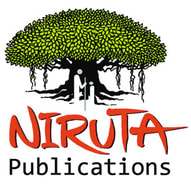

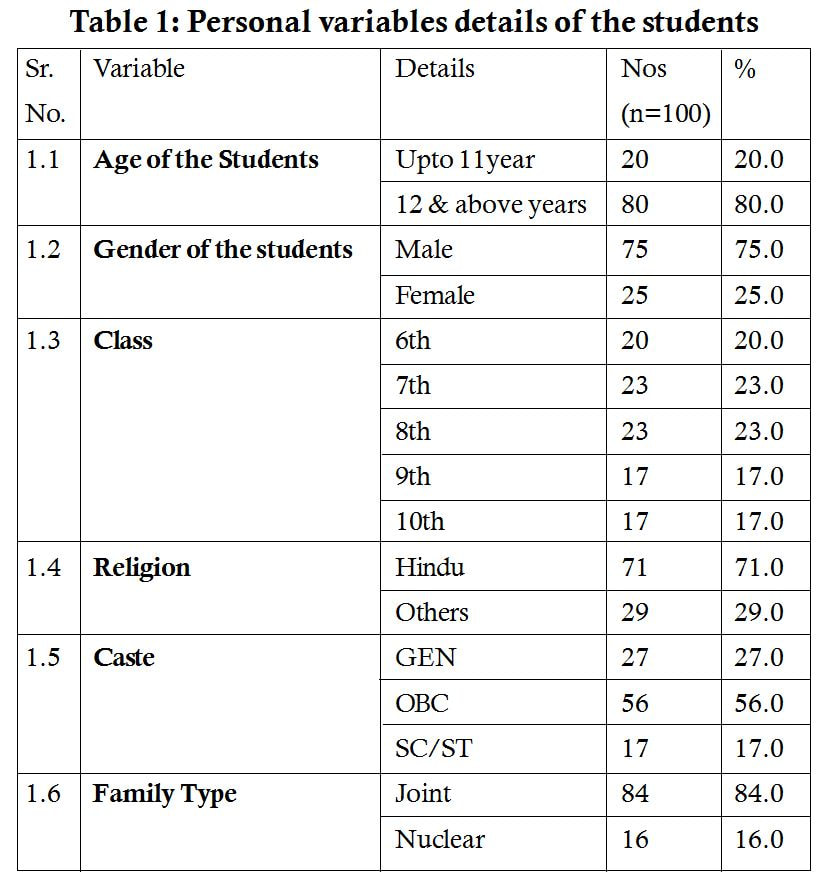
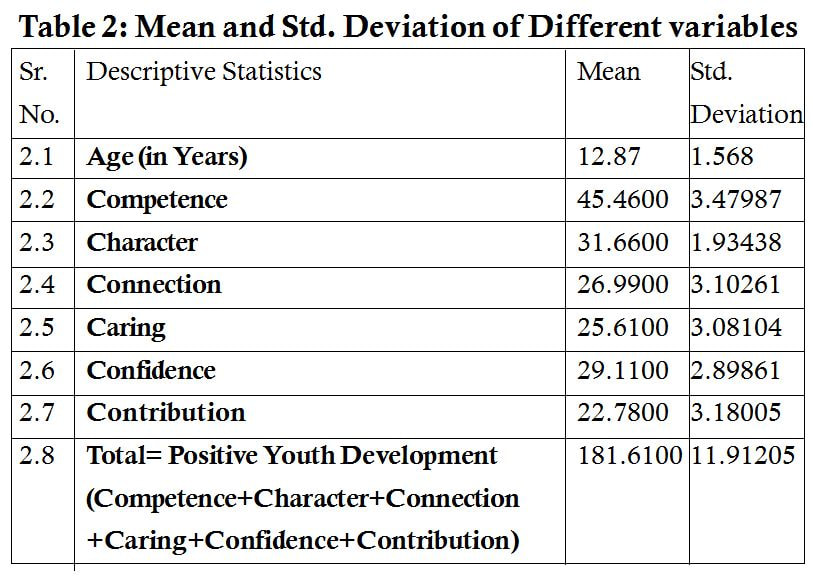
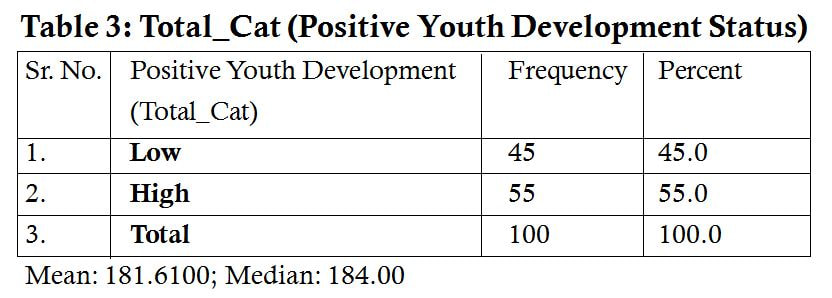
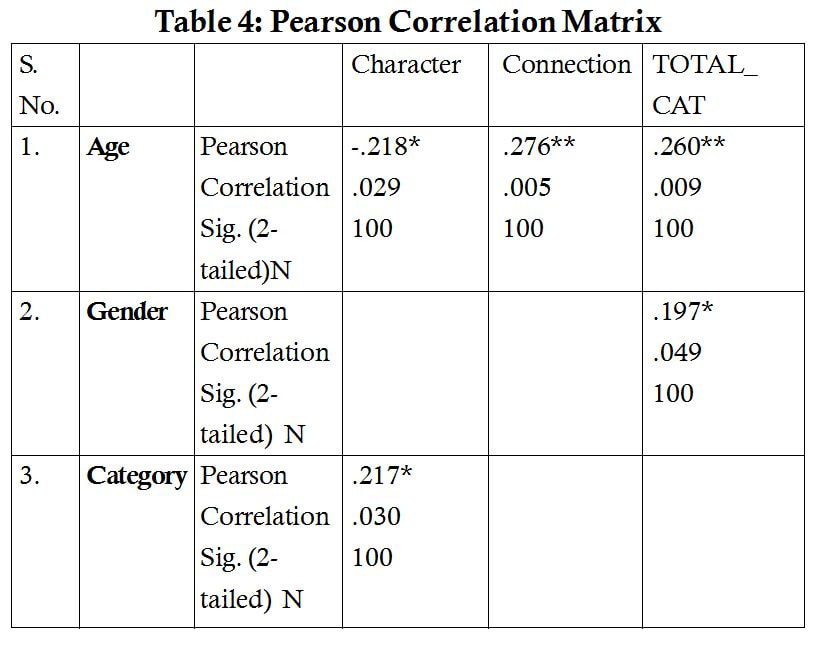



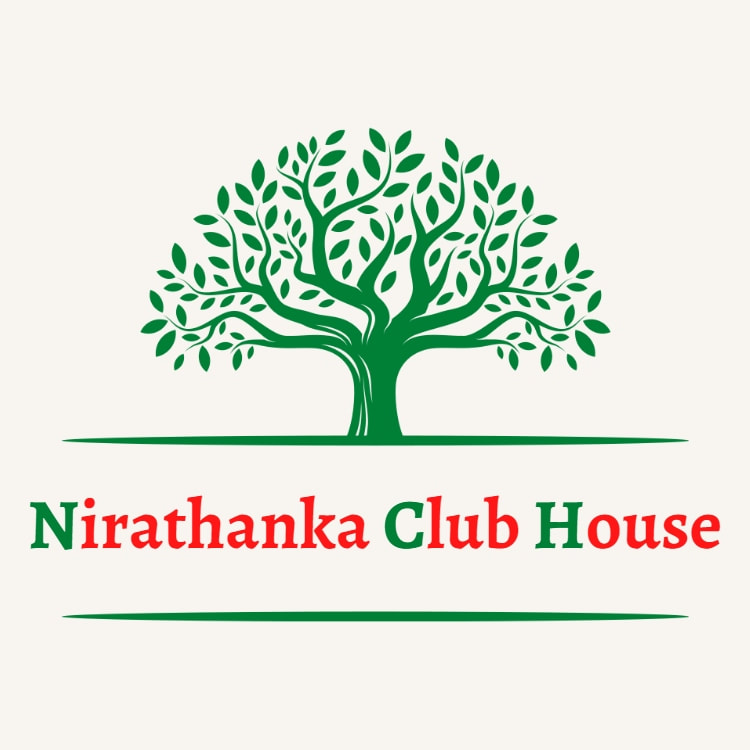


 RSS Feed
RSS Feed





